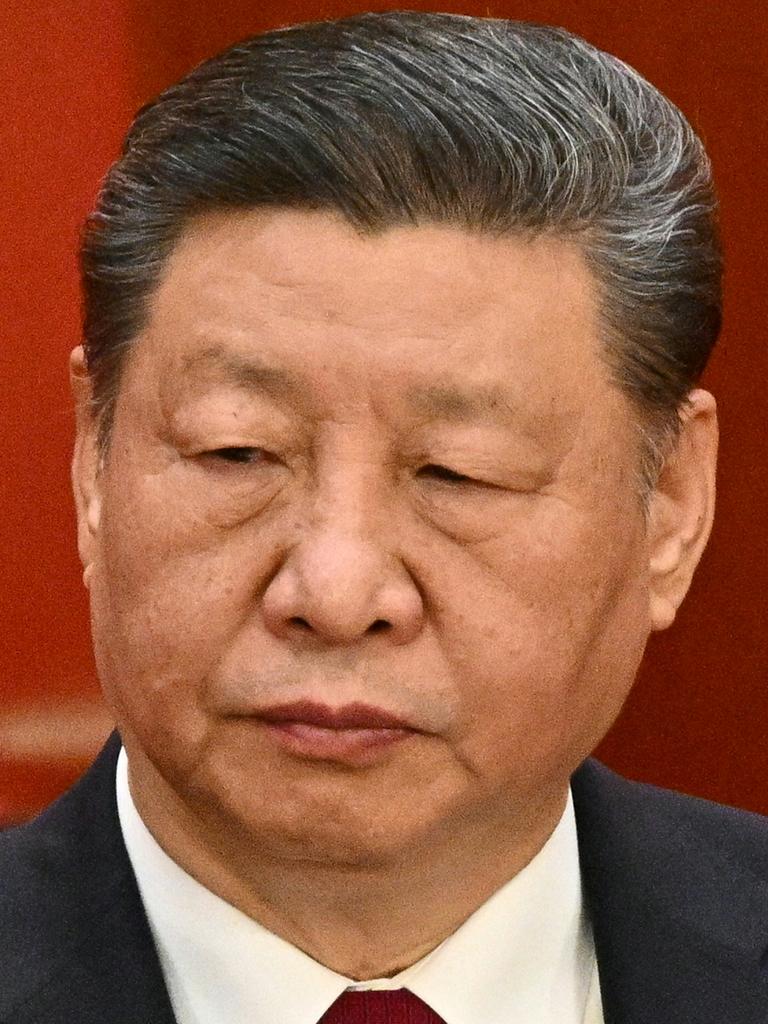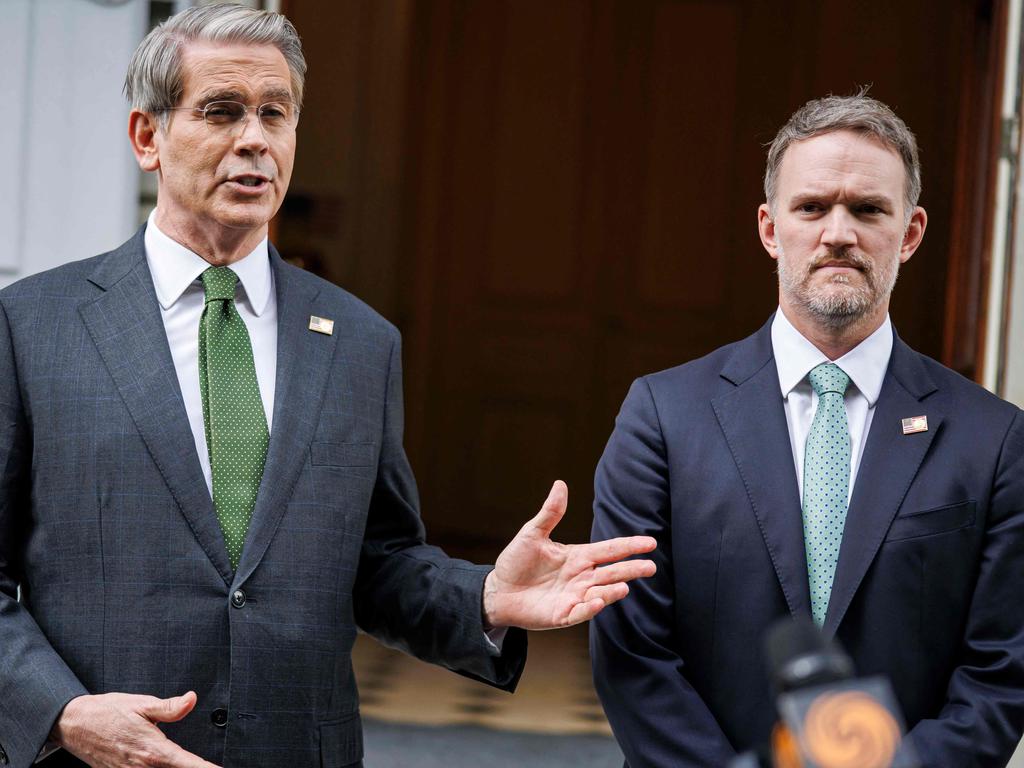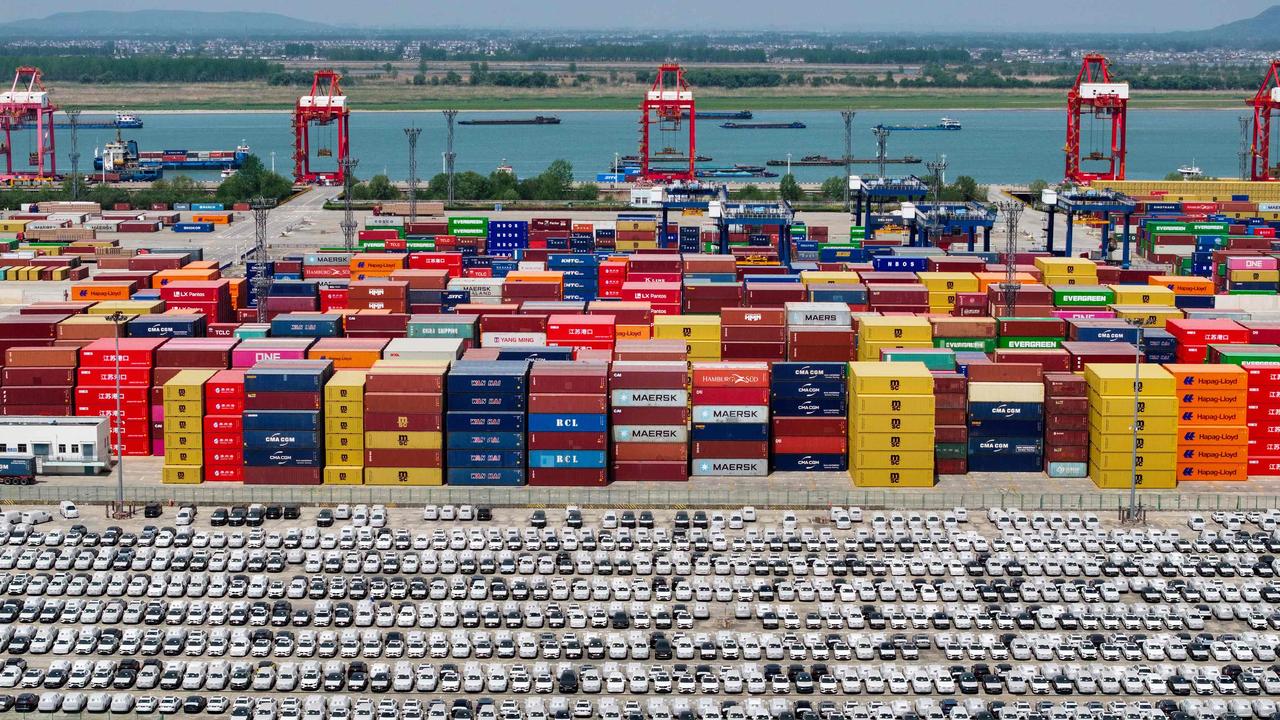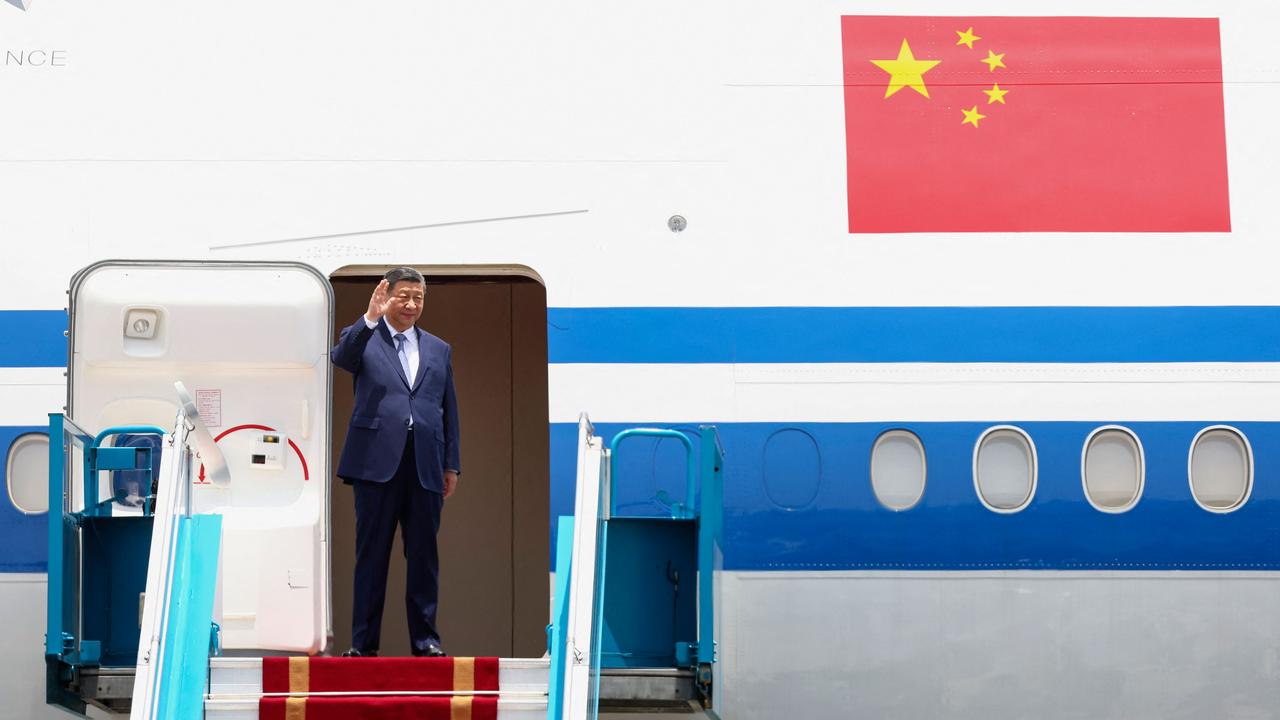United States and China reach deal to drastically reduce tariff rates
The United States and China have agreed to a deal which means the high tariff levels between the two countries will now drop sharply.
The United States and China have agreed to a 90-day pause on tariffs, which means the ultra-high tariff levels between the two countries will now drop sharply.
Speaking to reporters in Geneva, Switzerland, where negotiations between the US and China had taken place over the weekend, US Treasury Secretary Scott Bessent said the deal involved a drop of 115 percentage points on both nations’ tariff rates.
“We have reached an agreement on a 90-day pause and substantially moved down the tariff levels,” Mr Bessent said.
“Both sides on the reciprocal tariffs will move their tariffs down 115 per cent.”
He said the “consensus from both sides” of the negotations was that neither wanted a “decoupling” of trade.
“We expect that as negotiations proceed, there will also be the possibility of purchase agreements to pull what is our largest bilateral trade deficit into balance,” he said.
America’s trade deficit with China simply means that the US imports a higher cumulative value of goods from China than vice versa. President Donald Trump has framed his tariffs as a way to wipe out his country’s various trade deficits. Albeit while pursuing other policies which would have the opposite effect.
Earlier on Monday, top officials in the Trump administration claimed to have struck a trade deal with China after two days of talks in Geneva, while Chinese officials were less clear.
China did acknowledge that an “important consensus” has been reached.
China and the United States have been engaged in a full-blown trade war by any reasonable measure, with each government having imposed massive tariffs on imports.
The Chinese were excluded from Mr Trump’s decision to delay most of his punitive worldwide tariffs last month, and the US tariff rate therefore stands as high as 145 per cent for some goods.


Chinese Vice Premier He Lifeng said on Monday that officials from the two countries had made “substantial progress” in the Geneva negotiations over the weekend, which he described as “candid, in-depth and constructive”.
“China and the United States will finalise the relevant details as soon as possible and will issue a joint statement reached at the talks on May 12,” China said.
Mr He said the two sides had agreed to establish a “trade consultation mechanism” to enable future negotiations.
China’s international trade representative Li Chenggang explained the mechanism would enable “regular and irregular communications related to trade and commercial issues”.
The American side is making the product of the Geneva discussions sound more substantive.
“It’s important to understand how quickly we were able to come to agreement, which reflects that perhaps the differences were not so large as maybe thought,” US Trade Representative Jamieson Greer said.
“Just remember why we’re here in the first place. The United States has a massive $US1.2 trillion trade deficit, so the President declared a national emergency and imposed tariffs.
“And we’re confident that the deal we struck with our Chinese partners will help us to resolve - work towards resolving that national emergency.”
Mr Greer told reporters that the countries had reached an agreement “quickly” but noted it came after “a lot of groundwork”.

The talks came after Mr Trump imposed tariffs of up to 145 per cent on goods from China, with cumulative US duties on select Chinese goods reaching a staggering 245 per cent.
In retaliation, China put 125-percent tariffs on US goods.
The World Trade Organisation chief hailed the “positive outcome” of weekend talks between the US and China, calling them “a significant step forward”.
“I urge both nations to build on this momentum by continuing to develop practical solutions that mitigate tensions, restore predictability, and strengthen confidence in the multilateral trading system,” Ngozi Okonjo-Iweala said in a statement.
After the first day of negotiations, Mr Trump had posted on Truth Social that the discussions had been “very good”, describing them as “a total reset negotiated in a friendly, but constructive, manner”.
The meetings marked the first time senior officials from the world’s two largest economies have met face-to-face to tackle the topic of trade since Mr Trump slapped steep new levies on China last month, sparking a robust retaliation from Beijing.


Washington earlier expressed optimism at the end of a weekend of trade talks with China aimed to de-escalate trade tensions sparked by Mr Trump’s aggressive tariff rollout.
“I’m happy to report that we’ve made substantial progress between the United States and China in the very important trade talks,” US Treasury Secretary Scott Bessent told reporters in Geneva.
“The talks were productive,” he said.
“I spoke to President Trump, as did Ambassador Jamieson, last night, and he is fully informed of what is going on. So, there will be a complete briefing tomorrow morning (Monday local time).”
Ahead of the meeting at the discrete villa residence of the Swiss ambassador to the United Nations in Geneva, Mr Trump signalled he might lower the tariffs, suggesting on social media that an “80 per cent Tariff on China seems right!”
However, his press secretary Karoline Leavitt later clarified that the United States would not lower tariffs unilaterally. China would also need to make concessions, she said.
Going into the meeting, both sides played down expectations of a major change in trade relations.


Mr Bessent underlined a focus on “de-escalation” and not a “big trade deal”, while Beijing insisted that the United States had to ease tariffs first.
The fact the talks are even happening “is good news for business, and for the financial markets”, said Gary Hufbauer, a senior nonresident fellow at the Peterson Institute for International Economics (PIIE).
But Mr Hufbauer cautioned he was “very sceptical that there will be any return to something like normal US-China trade relations”. Even a tariff rate of 70 to 80 per cent would still potentially halve bilateral trade, he said.
The Geneva meeting comes after Mr Trump unveiled a trade agreement with Britain, the first deal with any country since he unleashed his blitz of global tariffs.
The five-page, non-binding deal confirmed to nervous investors that the US is willing to negotiate sector-specific relief from recent duties. But he maintained a 10-percent baseline levy on most British goods.
Following the US-UK trade announcement, analysts have voiced pessimism about the likelihood negotiations will lead to any significant changes in the US-China trade relationship.
“It’s nice that they’re talking. But my expectations for the actual outcomes of this first round of talks is pretty limited,” Sheets from Citigroup said.
In his Truth Social post, Trump said the talks had made “GREAT PROGRESS!!” “We want to see, for the good of both China and the U.S., an opening up of China to American business,” he added.
– With AFP
Read related topics:China



